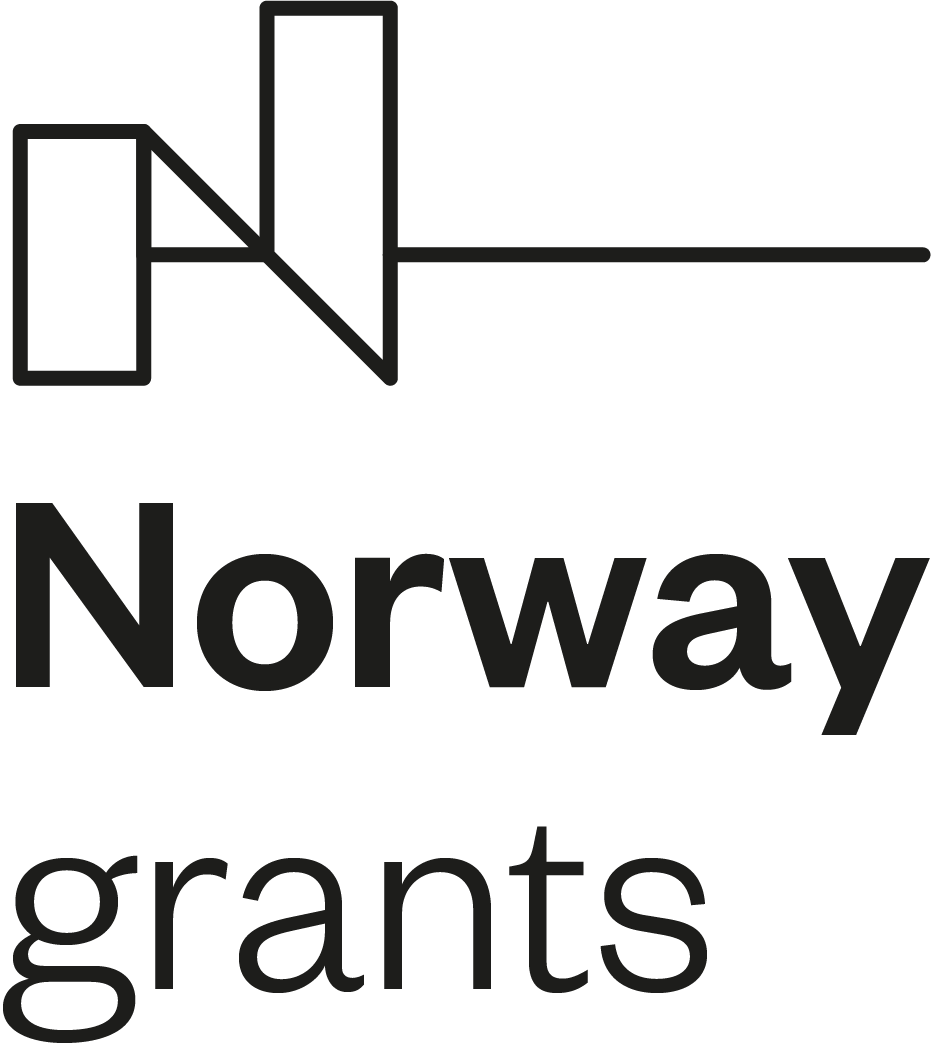Origins of national movements in Ottoman Empire
27.11.2015
Krzysztof Lalik
Origins of national movements in Ottoman Empire
As Ottoman Empire was a multi-ethnic state exposed to many of internal and external influences, an endeavour to reduce roots of national movement that occurred within its borders on a theory just based on one or two factors seems to be a much of gamble than profound exploration. Following the previous presentations about Gellner, Smith and Anderson’s concepts of origins of nationalism in Europe the next seminar will introduce Miroslav Hroch’s explanation of growth of national movements among ethnic minorities in Eastern Europe (so called ‘small nations’), including Ottoman territories, in 19 century. Since Hroch is a historian, his view embraces much of historical arrangement, but it might be interesting counter-balance to sociological and political science approaches exhibited in stance of abovementioned scholars. Hroch distinguishes three most important stages we can find in almost every nationalist movement: scientific, national campaign and mass-scale of national sentiments. In this regard we will have a look into relationship between ethnic minorities with Ottoman authority. These ethnic and national groups, like Greeks and Armenians, were predominantly represented by their millets. The question we would like to find answer to sounds: what was the role of Christian millets in arranging and encouraging national movements among their congregation? Was it crucial or insignificant and did they act as supportive or disrupting actors?



